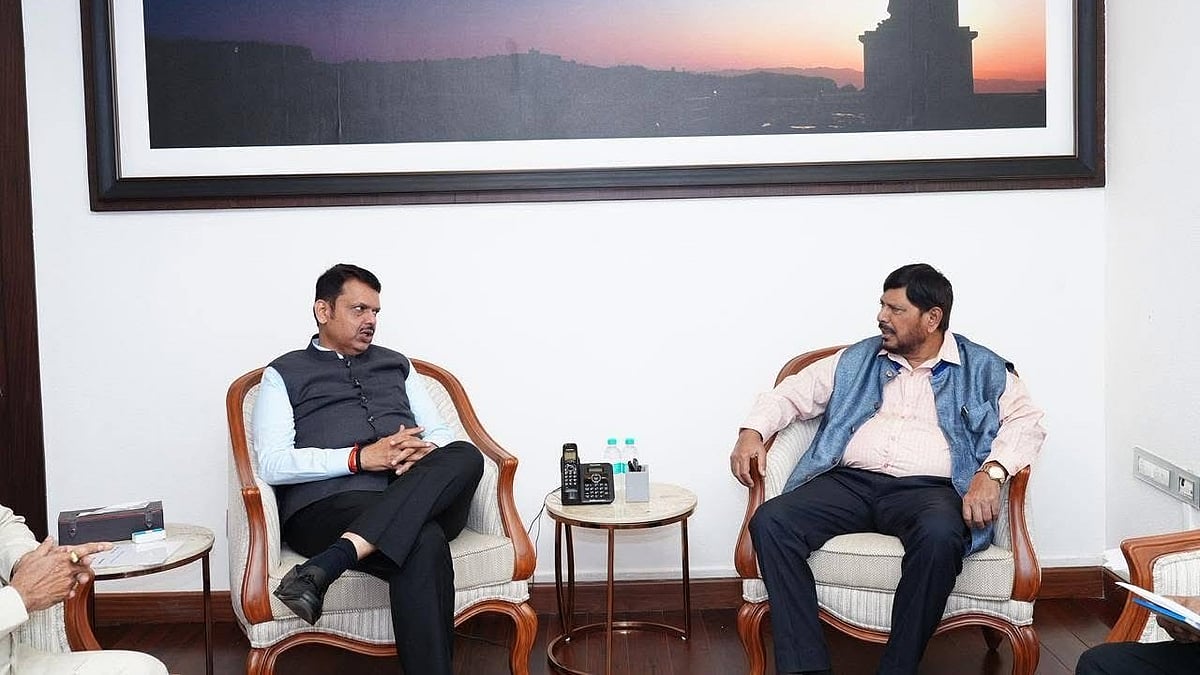Mumbai : The Indian nuclear programme will concentrate on increasing the fuel production and reducing harmful waste this year, Atomic Energy Commission (AEC) Chairman R.K. Sinha has said.
Sinha, who addressed the 58th session of the International Atomic Energy Agency (IAEA) in Vienna on Wednesday, also indicated that there would be an increased thrust on radiation safety and applications of nuclear technology in the field of healthcare, water, industry and environmental protection.
“Construction of 500 MWe Prototype Fast Breeder Reactor (PFBR) is nearing completion at Kalpakkam. The reactor is expected to achieve its criticality this year,” Sinha said in his address. He also said that, “PHWR fuel production achieved an increase of 18% and highest ever production of heavy water was achieved with lowest specific energy consumption.”
DAE has also taken several steps to minimize harmful radioactive waste this year, Sinha informed the gathering. “New approaches in separation of actinides from high level waste (HLW) will reduce life of radioactive waste from 1000 to 300 years as well as the volume of HLW requiring long term storage,” he said. He also said that BARC has developed a chemical dip treatment along with irradiation for extended preservation of Lychee and this technology has been transferred to traders in India and Madagascar.
Sinha also elaborated DAE’s efforts in radiation safety. “For prevention of and response to radiological emergencies, including threat of Radiological Dispersal Device, a Quadrotor-based Aerial Radiation Monitoring System (QARMS) has been developed,” he said. The QARMS can be used to search Orphan Radioactive Sources and assess any spread of radioactive contamination following radiological emergencies.
A Quadrotor is a helicopter that is lifted and propelled by four rotors. Besides the QARMS, India has also developed a ‘Quick Scan-type Whole Body Monitor’ to measure internal contamination in human beings. This will further enhance preparedness in radiological emergencies. With a counting time of one minute, the system can detect inhaled or ingested gamma emitters delivering less than 10 micro-Gray effective dose. With a rate of monitoring fifty individuals per hour, this system will serve as a valuable tool for quickly screening potentially affected individuals in case of a radiological emergency in public domain, Sinha explained.
Principal Correspondent







